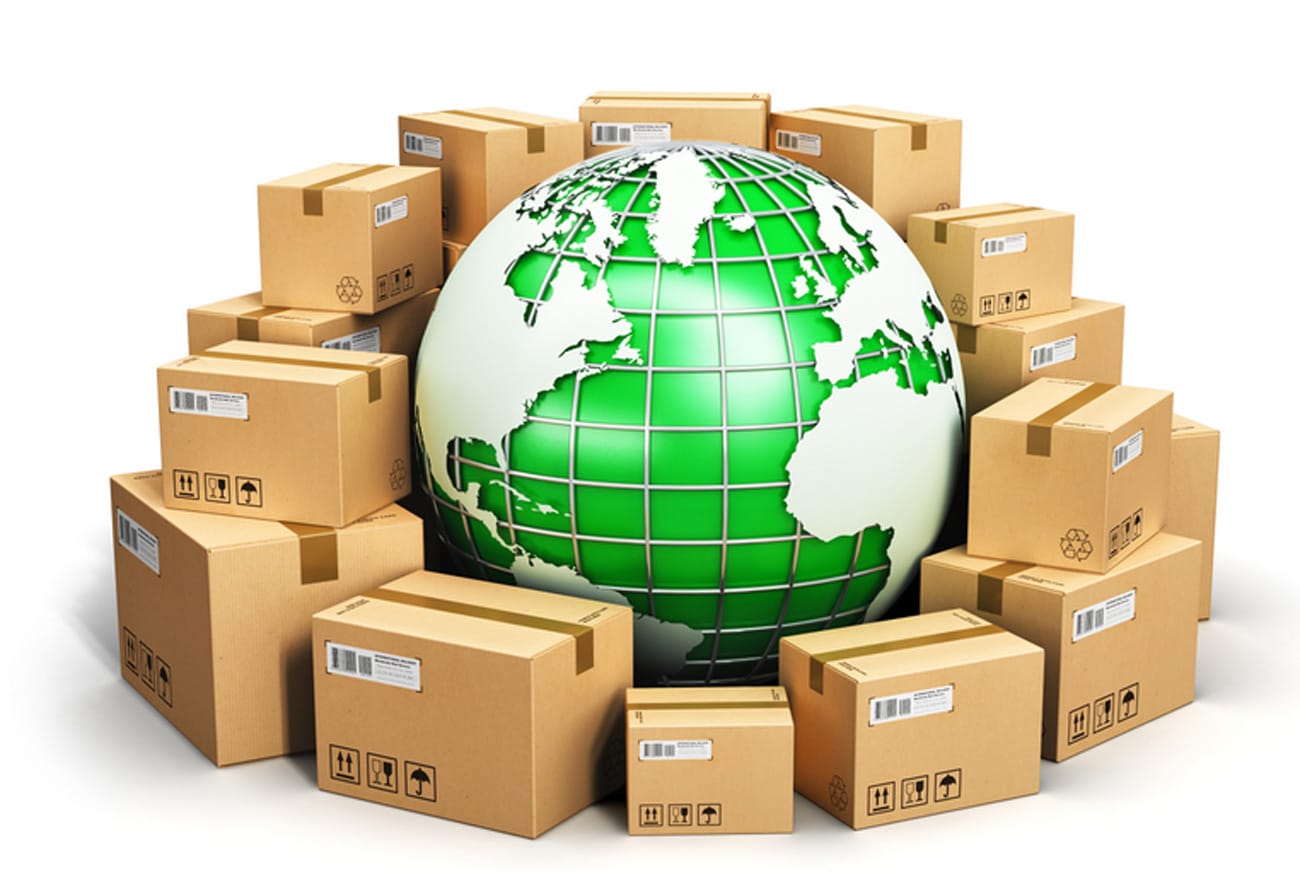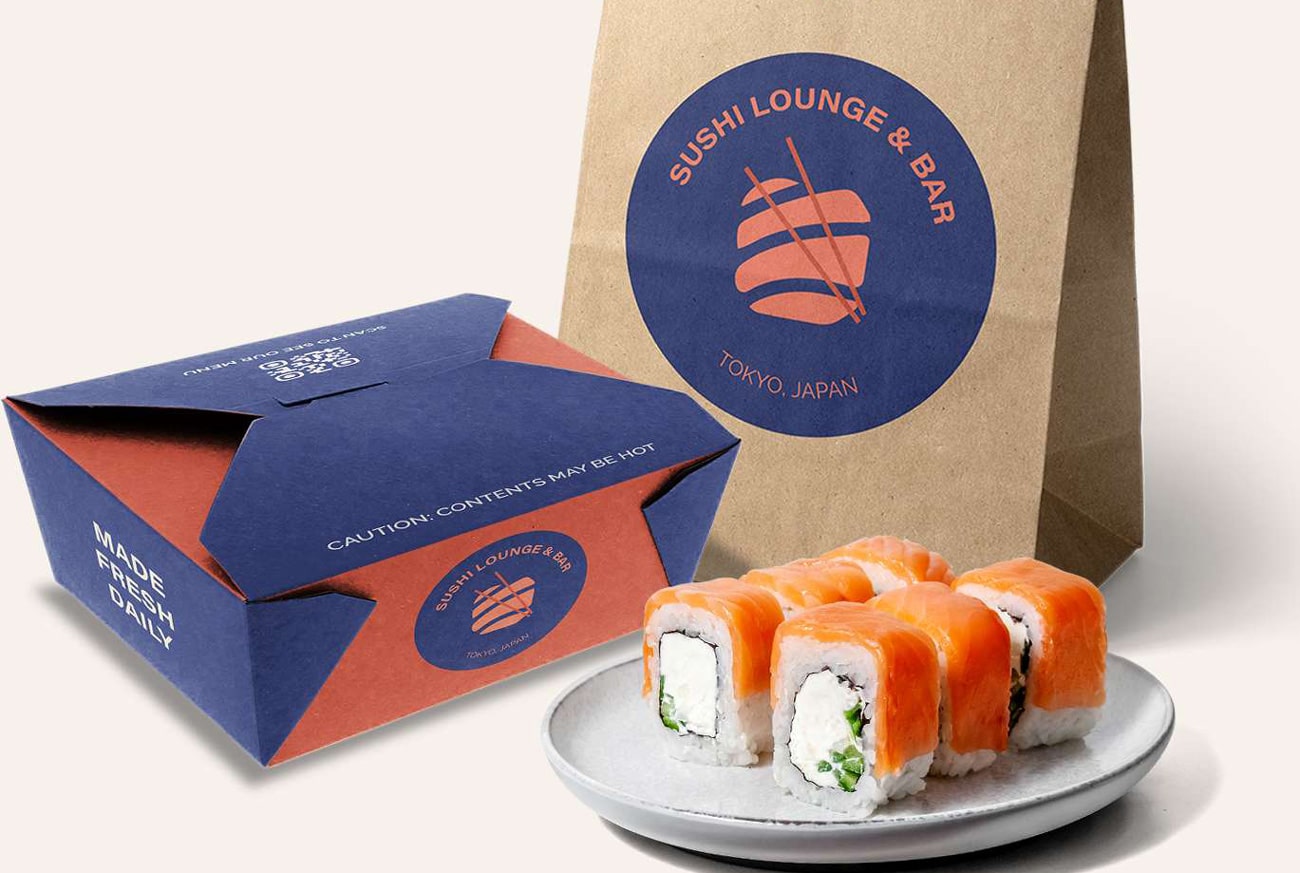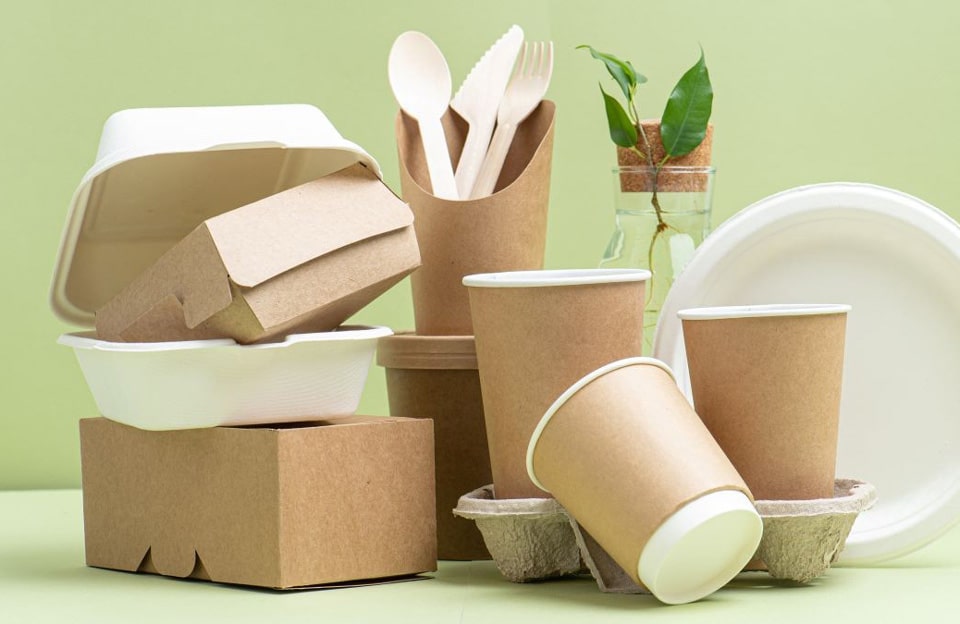In the recycled materials market, paper packaging is the largest segment, accounting for 65% of all recycled packaging, and paper and paperboard also have the highest recycling rate globally.
Paper Recycling Rate and Demand by Countries

Paper recycling rates: Due to infrastructure, public awareness, and government policies, paper recycling rates can vary widely from country to country. Some countries already have well-established recycling programs, while others are still developing their recycling capabilities.
Countries with relatively high recycling rates for paper and paper products tend to include:
- Germany
- Sweden
- Switzerland
- Austria
- South Korea
- Japan
These countries have invested in efficient waste management systems and are actively promoting recycling practices among their citizens. On the other hand, recycling rates may be low in some developing countries due to limited resources, infrastructure challenges, and low levels of awareness of the importance of recycling.
Paper packaging demand: The global demand for paper and paper products is influenced by economic growth, digitization, and changes in consumer preferences. While demand for certain types of paper products, such as newspapers and print magazines, has declined due to the rise of digital media, demand in other areas, such as packaging materials and tissue products, has remained relatively stable or even increased.
China, the United States, and India have historically been among the largest consumers of paper and paper products due to their large populations and high levels of economic activity. However, these countries’ consumption patterns and paper demand will likely change in line with economic changes, technological advancements, and environmental concerns.As sustainability becomes a more important issue globally, many countries are working to reduce paper consumption, promote responsible sourcing and increase recycling rates to minimize the environmental impact of paper production and waste.
What is the Future of Paper Packaging?
The future of paper packaging is determined by a combination of factors, including environmental concerns, technological advancements, changing consumer preferences, and regulatory changes.

- Sustainability and Eco-friendliness: With growing awareness of environmental issues, there is a growing demand for sustainable packaging options. Due to its biodegradability and renewable nature, paper is considered more environmentally friendly than materials such as plastic and Styrofoam. Therefore, it is expected to play an important role in reducing the environmental impact of packaging waste.
- Innovations in Materials and Design: Paper engineering and design advances may lead to more durable, lightweight, and versatile paper packaging solutions. Researchers are exploring ways to enhance paper’s strength and barrier properties, making it suitable for use in a wider range of products, including those requiring moisture, oxygen, and light protection.
- Functional Packaging: The future of paper packaging may hold not only products but also smart packaging, which incorporates technologies such as QR codes, RFID tags, and even sensors to provide consumers with information about products, origin, and freshness Information.
- Reduce Plastic Use: As the world seeks to reduce plastic waste, many companies and industries are exploring ways to replace single-use plastics with more sustainable alternatives, including paper-based solutions, potentially resulting in traditional Industries that use a lot of plastic using more paper packaging.
- E-commerce Packaging: The rise of e-commerce has led to an increase in the demand for packaging that protects products during shipping and delivery, and it can play a role in providing sustainable and protective solutions for the e-commerce industry.
- Circular Economy Approach: Paper packaging is very much in line with the concept of a circular economy, where materials are used, recycled, and reused in a closed loop. Improved recycling infrastructure and consumer education can increase the recyclability and reusability of carton packaging, further reducing waste.
The future of paper packaging is promising, driven by the need for more sustainable and environmentally friendly packaging solutions. However, challenges such as cost, technological constraints, and competition from other materials will also shape the direction of it.
Paper Packaging for the Food Service Industry
It is gaining popularity in the food service industry as a more sustainable and environmentally friendly alternative to traditional plastic and Styrofoam packaging. The food service industry covers many businesses, including restaurants, cafes, fast food chains, food services, and more.

- Takeout Containers: Paper takeout containers have been widely used for packaging various foods, from sandwiches and salads to hot meals. Takeout containers come in different sizes and shapes and are often made from recycled materials that can be easily composted or recycled after use.
- Hamburger and Sandwich Wraps: Paper bags and wraps are commonly used to package burgers, sandwiches, and wraps. Paper packaging provides a convenient and sustainable way to preserve and transport handheld foods.
- Bread Boxes: Paper bread boxes are used to package pastries, cakes, biscuits, and other baked goods and are designed to protect delicate items while being visually appealing.
- Pizza Boxes: While traditional pizza boxes are often made from corrugated cardboard, some innovations in paper packaging involve using sustainable materials to create a more environmentally friendly option.
- Tableware and Napkin Packaging: Paper packaging can also be used to package tableware and napkins, providing an all-in-one solution for takeaway or fast food orders.
Advantages of Paper Packaging in Food Service:
- Environmental Benefits: Using paper packaging can reduce the amount of single-use plastic in the environment. Paper is biodegradable, compostable, and recyclable, making paper a more sustainable choice compared to plastic and Styrofoam.
- Customer Perception: Many consumers today are more aware of their environmental impact and prefer companies that use sustainable packaging solutions.
- Regulatory Compliance: As governments enforce stricter regulations on single-use plastics, paper packaging can help food service businesses comply with these rules.
- Aesthetics: Well-designed paper packaging can enhance the appearance of food and contribute to an overall positive dining experience.
Challenges of Paper Packaging in Food Service:
- Functional Limitations: Although paper suits many, these foods may weaken the packaging.
- Cost Considerations: Paper packaging is sometimes more expensive than traditional plastic packaging, affecting a business’s bottom line.
- Barrier Properties: Some foods require specific barrier properties to prevent moisture, grease, or odors from leaking through the packaging. Ensuring that carton packaging meets these requirements can be a challenge.
- Consumer Education: Businesses must educate consumers on properly disposing of paper packaging to ensure it can be composted or recycled.
Conclusion
Paper packaging is increasingly becoming a viable and environmentally friendly choice for various industries. Paper packaging will likely expand further as businesses prioritize sustainability and customers demand greener options.


